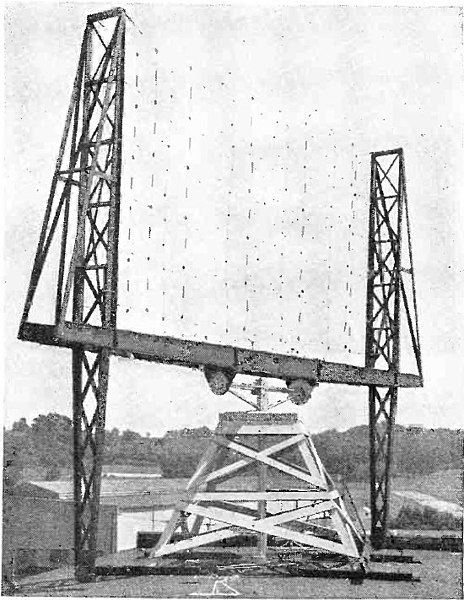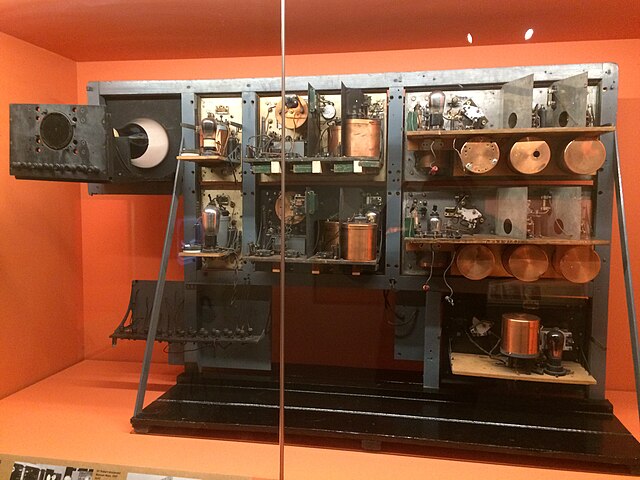Chain Home, or CH for short, was the codename for the ring of coastal early warning radar stations built by the Royal Air Force (RAF) before and during the Second World War to detect and track aircraft. Initially known as RDF, and given the official name Air Ministry Experimental Station Type 1 in 1940, the radar units were also known as Chain Home for most of their life. Chain Home was the first early warning radar network in the world and the first military radar system to reach operational status. Its effect on the war made it one of the most powerful systems of what became known as the "Wizard War".
Chain Home at RAF Poling, West Sussex
Robert Watson-Watt's position with the National Physical Laboratory placed him at the centre of a network of researchers whose knowledge of radio physics was instrumental to the rapid development of radar.
Stanley Baldwin's 1932 comments on future aerial warfare led to a "feeling of defencelessness and dismay." It was the UK's concern about this issue that led to so much support being given to radar development while other countries had a much more lackadaisical approach until the war started.
A 1925 radio magazine photograph of Grindell-Matthews' death ray
Radar is a system that uses radio waves to determine the distance (ranging), direction, and radial velocity of objects relative to the site. It is a radiodetermination method used to detect and track aircraft, ships, spacecraft, guided missiles, motor vehicles, map weather formations, and terrain.
Long-range radar antenna, used to track space objects and ballistic missiles
Radar of the type used for detection of aircraft. It rotates steadily, sweeping the airspace with a narrow beam.
Experimental radar antenna, US Naval Research Laboratory, Anacostia, D. C., from the late 1930s (photo taken in 1945)
The first workable unit built by Robert Watson-Watt and his team








